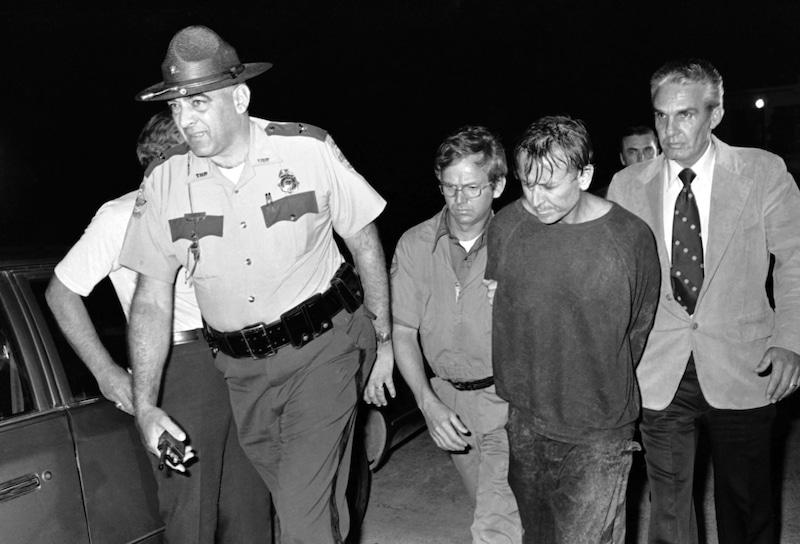You’ve probably learned more over the last few days than you ever thought you’d need to about the torturous Barkley’s Marathon over in Frozen Head State Park last weekend. For the first time in its history, the race had five winners, including the first woman to ever finish, Jasmin Paris of Great Britain. Only 26 have ever finished the 100-mile course.
The race has some odd-ball entry requirements, like a $1.60 registration fee and usually last-minute demands for a license plate, T-shirt, socks, pack of Camels or what have you for the 35 selected to compete. The race was created by Gary Cantrell and Karl Henn and named after one of Cantrell’s running buddies, Barry Barkley. But why slogging through the wilds of the Crab Orchard Mountains?
Turns out the inspiration for the race was a mental mockery of Tennessee’s most notorious inmate, James Earl Ray, the convicted assassin of Dr. Martin Luther King Jr. Ray, a lifelong criminal, had been on the lam for almost a year when he struck down the Civil Rights leader in Memphis on April 4, 1968. Ray had been serving a 20-year sentence when he escaped the Missouri State Penitentiary in a bread truck on April 23, 1967.
After killing King, Ray drove 11 hours to Atlanta to pick up his things, then made his way to Canada, got a passport under a false identity, flew to London, then Lisbon, then back to London. He was finally arrested at Heathrow Airport on June 10, 1968, and extradited back to Tennessee. He confessed, tried to take it back, but ultimately was sentenced to 99 years. All his attempts at securing a jury trial failed.
By 1977, not quite a decade into serving his sentence, Ray probably realized that his dreams of a pardon from his dream presidential candidate, segregationist George Wallace, were never gonna happen. So, he and some cohorts constructed a 16-foot ladder from salvaged pipe that was just lying about Brushy Mountain State Penitentiary. On June 10, a fight in the prison yard during recess distracted guards long enough for Ray and five others to escape.
They ran for the woods under a hail of shotgun blasts. One was downed quickly with non-life-threatening wounds. But five of them, nonetheless, had escaped the confines of the notorious Brushy Mountain, three of them convicted killers just like Ray.
The news was shocking. At the time, I was 11 years old, living on Nottingham Road in Sherwood Forest in Fountain City. And I was ridiculously terrified. Though he was nearly 50 miles away and hiding in the woody hills surrounded by law enforcement from 11 counties, I was convinced that James Earl Ray would be heading up Cedar Lane any minute to take out me and my family.
There were initial concerns that he and some of his fellow escapees might have managed to hop a nearby train, perhaps they had pre-arranged getaways and all that show of force was surrounding nothing but black bears and white-tailed deer. A definite problem for Ray, one he didn’t have following his first prison escape, was everyone in the world by then knew exactly what he looked like. By June 13, he and the others were recaptured, and he had another year added to his sentence.
For all his derring do, Ray only managed to cover something between 8 to 12 miles during his 54.5 hours hiding out in the mountains that became Frozen Head State Park. At the time, race co-founder Cantrell thought Ray’s mileage while on the run was fairly pitiful and that he himself could have covered at least 100. And thus, the Barkley Marathon was born because James Earl Ray could hide, but he sure as hell couldn’t run.
Ray escaped Brushy Mountain again in 1979 but was recaptured that same day. Following an attack in 1981 he was moved to Tennessee State Penitentiary in Nashville. He died April 23, 1998, 31 years to the date after he escaped prison in Missouri. Brushy Mountain was closed in 2009. It is now open for tours, private events and concerts as well as having a distillery and restaurant.
Beth Kinnane writes a history feature for KnoxTNToday.com. It’s published each Tuesday and is one of our best-read features.
Sources: Knoxville Journal digital archives, Associated Press digital archives, Runner’s World

